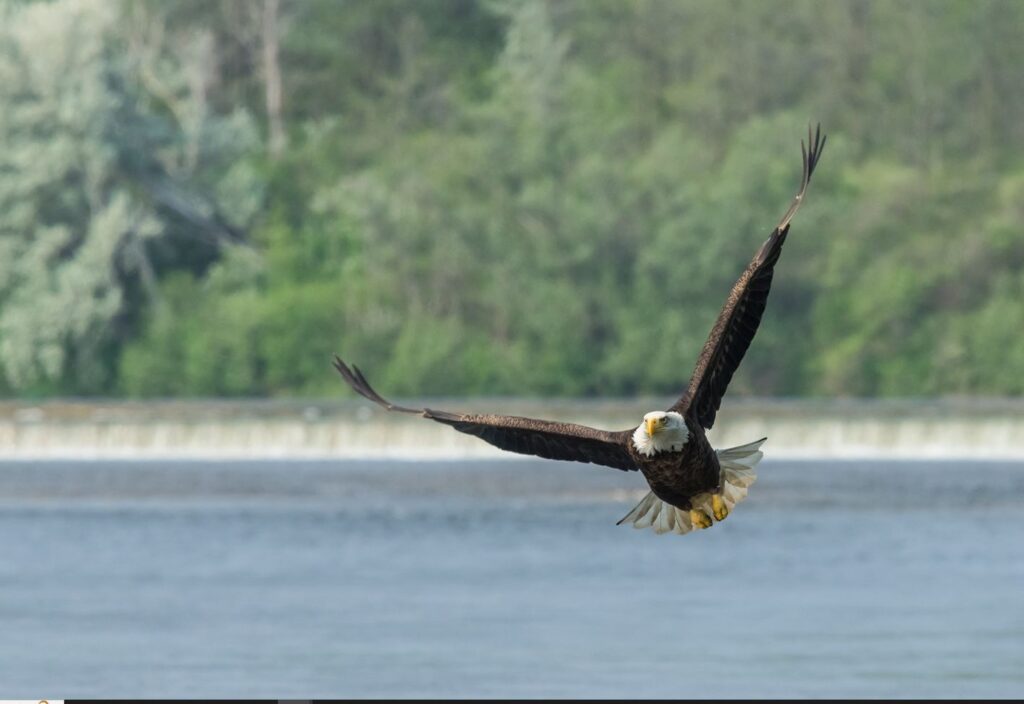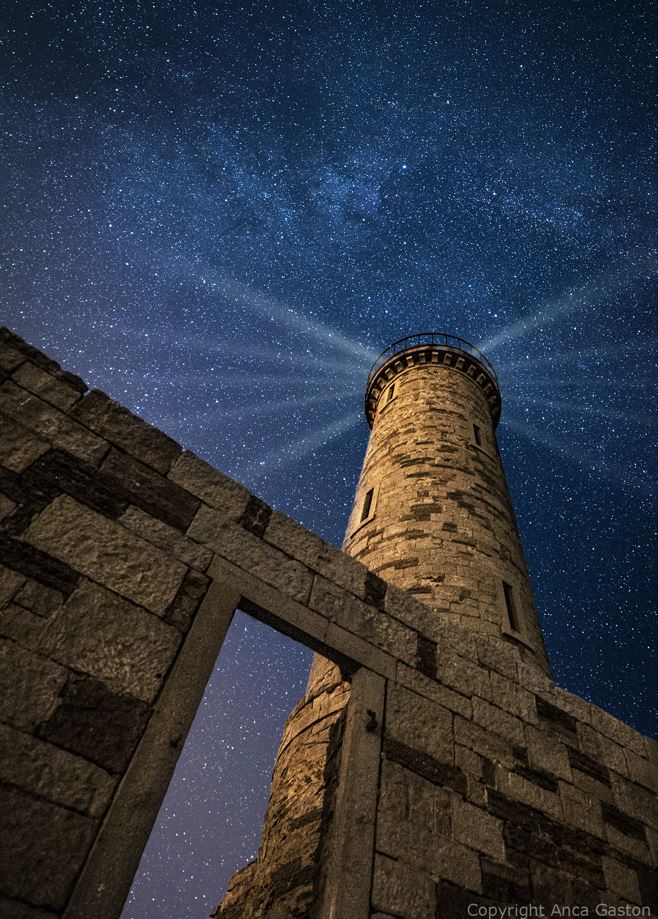Anca Gaston has established herself as a premier wildlife photographer due in part to her passion for nature and her dedication to helping people realize the importance of protecting it. However, Gaston has been interested in photography since her teens when she bought her first camera at a flea market in Brantford. That opened a whole new world for her. Gaston explains, “I got books on photography, and I taught myself how to use the camera…I gravitated towards nature [and taking] photos of pets [and] animals around me, even things like snails. And I always enjoyed the close-ups, which show you the details that you don’t normally see with the bare eyes.” She continues, “As a child with a camera, it really taught me to look at the world differently and to examine it in more detail and to try to capture those details through the lens.”

Gaston, who has captured multiple awards for her unique wildlife photography explains her process and the areas she enjoys most in photography. “I’ll go in the mornings and…pretty much all my photos are local. I love the local trails. I think it’s one of the best parts about Brantford…The Grand River attracts such an abundance of species [of birds]. It’s a great migratory route… and this is one of the things I really like about photography—that you can capture birds and species that most people don’t even see because oftentimes [we are in] cities.” Gaston continues, “A lot of these birds migrate along the Grand River…They spend the winters in Central America or South America and then they will actually breed up north…they pass through the Grand River and stop in various ponds in the area.”
Gaston also notes her photography work of Eagles. “We have nesting Eagles on the Grand River, close to Wilkes Dam. So that actually attracts quite a few photographers who come out and like to photograph the Eagles.” Gaston continues, “And every year [these Eagles] have young there. And they’re fishing and they’re taking [food] back to the nest. It’s really quite spectacular, and it’s not something that people see on an everyday basis.”

Along with Eagles as a popular subject, Gaston has also enjoyed taking photographs of other birds including Sandpipers and Osprey. However, one of her favorites is the Woodpecker. “I’ve been very lucky to have found several [Woodpecker] nests during my walks…I listen to their calls [and] for the sound of their tapping. When they excavate these nests [into the trees], you can hear them chopping there with their beaks so I listen for that and then I take notes and then I’ll come back periodically to check on their progress.” Gaston, who is currently working on a project that will utilize all of her extensive footage on Woodpeckers continues. “I’ve had the opportunity to follow several of these families, from the day that they started working on their nests. And I’ve captured a lot of footage and photos over the years.”

Gaston has also been tapped to share her extensive knowledge and experience across various speaking engagements throughout the years. “I have been invited speaker numerous times to camera clubs, and [now] with Zoom, I’ve done presentations, as far as Ottawa…I have organized [and led] field trips for people to go as a group…for wildlife or bird photography.”
Along with wildlife photography, Gaston has tried her hand at Astrophotography—which is taking photos of the sky during the nighttime. She explains “It is tougher, because you have to be up late at night [and I’m] not a late-night person. It’s actually hard for me and I had a friend [that moved away] who I used to do night photography with…It’s a little tricky because you need either a group or at least somebody else to go with because you sometimes [need to] go to remote locations in the dark…away from light pollution…[and] the city.”

However, Gaston continues to focus on photography as a means to educate the public about nature and wildlife. “One of the goals of my photography is to increase appreciation for wildlife…A lot of people live urban lives [and] lose touch with [nature, and] I hope that my photography can inspire people to protect [these] natural spaces [and] gain a better appreciation of what’s out there in our natural environment.”

